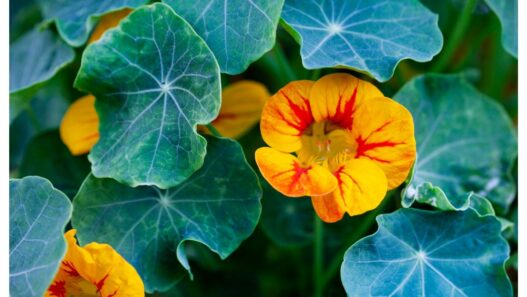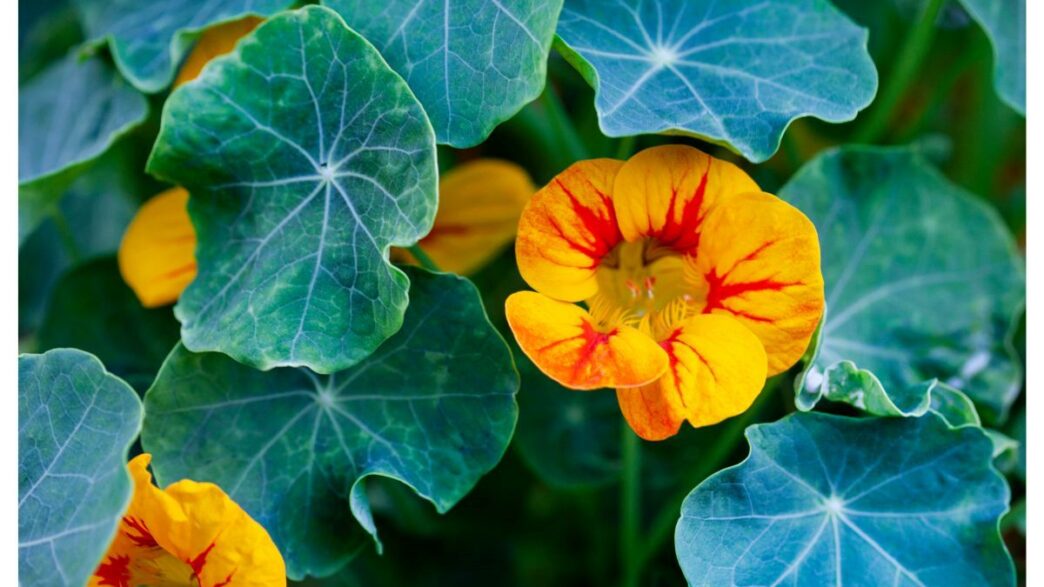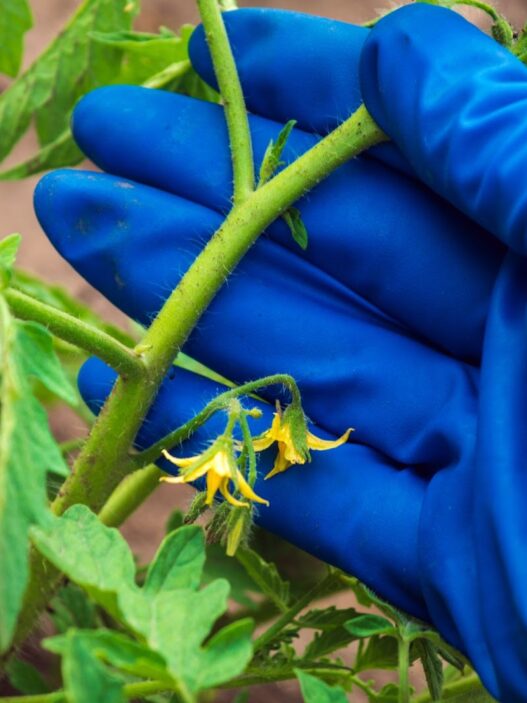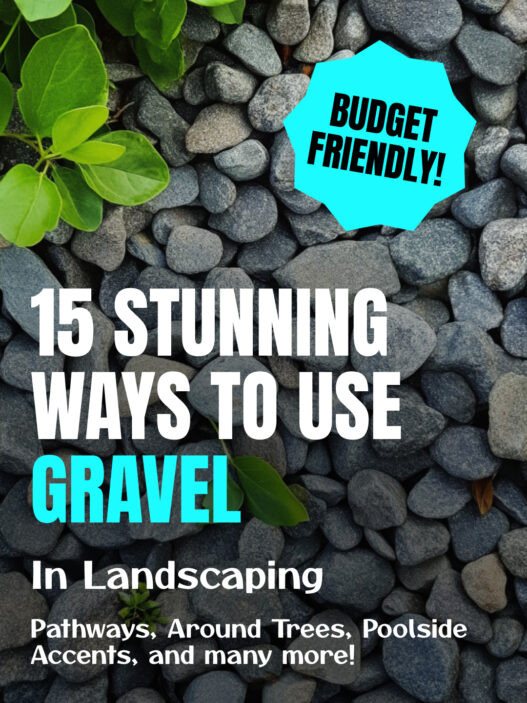Nasturtiums set themselves apart from other plants as they possess an ability to repel unwelcomed bugs that you want to keep away from other plants in your garden.
Nasturtiums repel bugs like:
- aphids
- cabbage loopers
- squash beetles
- cucumber beetles
- whiteflies
Having Nasturtiums in your garden can help you with pest control. However, there are considerations you need to keep in mind when growing them. Read on until the end!
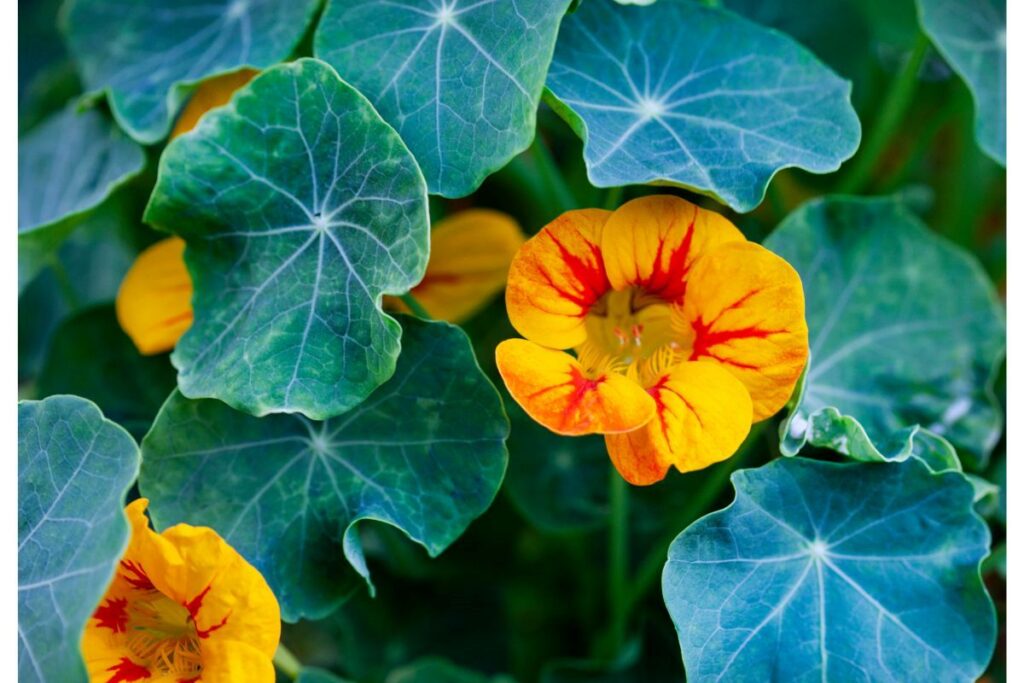
Bugs That Nasturtiums Repel
There are bugs that we love to have in our garden, but there are some that we don’t. If you’ve chosen Nasturtiums as companion plants for your primary crops, here are the insects they help repel:
1. Aphids
These are small, wingless, soft-bodied, sap-sucking insects in the family Aphididae. You can find them in clusters on the leaves and stems of any plant, including Nasturtiums.
Nasturtiums help your primary crops by attracting aphids, therefore keeping them away from your primary crops.
Surprisingly, where aphids are present, predators such as ladybugs are also found. Ladybugs are helpful in pest control, so let them stay and don’t ward them off from your garden.
2. Whiteflies and Squash Beetles
Whiteflies are small, winged insects, often white, related to mealybugs and aphids in the family Aleyrodidae. You can normally find them on the undersides of leaves, and they also gather in groups.
Squash beetles are bugs that come in various colors from brown to yellow. They are often found in pumpkins and other similar vegetables, feeding on flowers and buds.
Nasturtiums repel whiteflies and squash beetles by emitting a smell that these insects hate. Therefore, plants near your Nasturtiums can also be safe from these insects.
3. Cabbage Loopers, Cucumber Beetles
Cabbage loopers are leaf-eating moths, feeding mainly on cruciferous plants like cabbages. On the other hand, cucumber beetles are bugs with black and yellow stripes on their backs.
Cabbage loopers and cucumber beetles get confused when Nasturtiums are planted with their host plants due to the striking features of Nasturtiums, which resemble the host plants.
Unfortunately, cabbage worms are not deterred by Nasturtiums.
How Do Nasturtiums Repel Bugs?
You’ll be amazed at how these plants have the ability to keep some of the unwanted bugs at bay.
Nasturtiums repel bugs through companion planting, trap cropping, masking smell, and visual camouflage.
1. Companion Planting
This method is one of the best natural ways for two or more plants to benefit from one another, including repelling some troublesome bugs.
Nasturtium is an excellent plant to pair with other gardening plants or vegetables, such as:
- Broccoli
- Potatoes
- Cabbages
- Pumpkin
- Radishes
- Lettuce
- Cucumbers
- Spinach
- Strawberries
2. Trap Cropping
Trap cropping is another method of keeping troublesome bugs away from your primary crops. Nasturtiums can serve as “sacrificial plants” for the survival of other plants.
Generally, the method you can use for planting Nasturtiums with other primary plants is row intercropping, where crops are grown in alternating rows within the same field.
Nasturtiums are great trap crops, benefiting your vegetables, especially brassica vegetables like cabbage, broccoli, and cauliflowers.
3. Masking Smell
It’s already been mentioned that Nasturtiums have strong scents.
Not only do these scents drive away pests, but they also serve as a form of camouflage, hiding the scents of brassica vegetables and confusing invading bugs, thus preventing them from ruining your primary crops.
4. Visual Camouflage
Nasturtiums can confuse some insects with their striking flowers and distinctive leaves, masking the presence of your primary crops.

Best Variants of Nasturtiums to Choose From
There are approximately 80 known species of Nasturtiums around the world. Among them, these particular variants stand out as the best in the Tropaeolaceae Family.
| Botanical Name | Tropaeolum majus, T. minus |
| Plant Type | Flower |
| Sun Exposure | Part or full sun |
| Soil pH | Slightly acidic to neutral |
| Bloom Time | Summer, Fall |
| Flower Color | Orange, red, white, yellow |
| Hardiness Zone | 10, 11 |
1. Alaska
“Alaska Mix” and “Alaska Scarlet” feature variegated flowers and varied leaves with cream or white markings. Aphids, whiteflies, and cucumber beetles are said to be deterred by the pungent smell of this variety.
2. Empress of India
This variety is characterized by dark green leaves and bright red flowers. It not only has a dense growth pattern but also shows resistance to aphids and whiteflies.
Additionally, it’s highly favored by gardeners for its ornamental value.
3. Tip Top Alaska
This variety is recognized by its dark-mottled leaves and cream or white flowers. It shares similar pest-repellent properties and leaf characteristics with the Alaska variety.
4. Jewel Mix
This is a well-liked Nasturium variety that blooms in an array of vivid colors, including orange, red, and yellow.
Besides its attractive looks, it also works well to keep squash bugs, caterpillars, and aphids away.
5. Whirlybirds
This variety is distinguished by its double blossoms and confined growth patterns. It’s also available in a variety of colors, including cherry pink, mahogany, and gold.
Aphids, cucumber beetles, and squash bugs are typically deterred by this variety.
Plants You Shouldn’t Grow With Nasturtiums
We‘ve talked about how beneficial Nasturtiums are for other plants, but it’s essential to be aware that they’re not compatible with certain plants.
1. Mint
Mint is also a good companion plant, but not with Nasturtiums. Mint is a prolific plant that can outgrow nearby plants.
If you want to plant mint and Nasturtiums together, make sure to keep them at a distance from each other.
2. Sage
This herb grows easily in your garden but is not an easy companion with Nasturtiums. Like mint, it tends to dominate other plants and can affect the growth of your Nasturiums.
To make sure sage doesn’t interfere with your Nasturtiums, it’s advisable to plant sage in a separate pot.
3. Thyme
Considering that mint family plants don’t pair well with Nasturtiums, planting thyme with Nasturtiums must be out of the question.
Thyme is an aggressive grower and can stunt the growth of your Nasturtiums.
However, if you want to retain thyme in your garden, make sure to provide sufficient space between the plants or better trim your thyme when it becomes too abundant.
4. Tomato
Tomatoes and Nasturiums could’ve been good companions for pest control, but surprisingly, both plants may end up in rivalry.
If you grow nasturtiums and tomatoes together, the tomatoes may develop blossom end rot due to excessive moisture during the later stages of fruiting.
This problem occurs when there’s too much water around the roots of any leafy vegetables.
Final Thoughts
Nasturtiums may have been undervalued as garden plants, but after learning about their abilities as good companion plants and trap crops, you can never go wrong planting them.
While they may not be your primary crop, Nasturtiums are beautiful in their own right and can be a great addition to the overall beauty of your garden.
